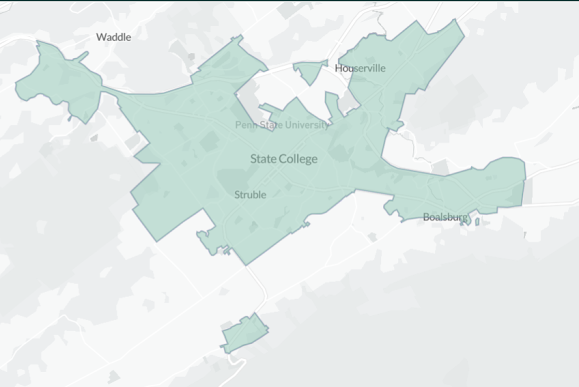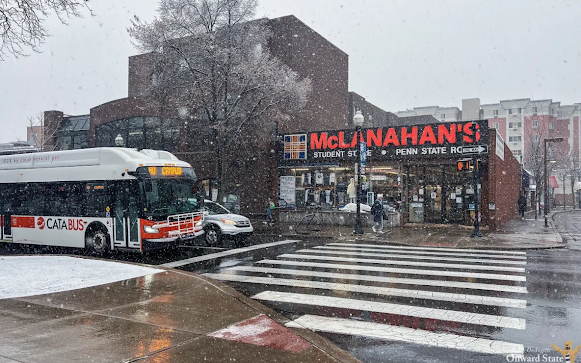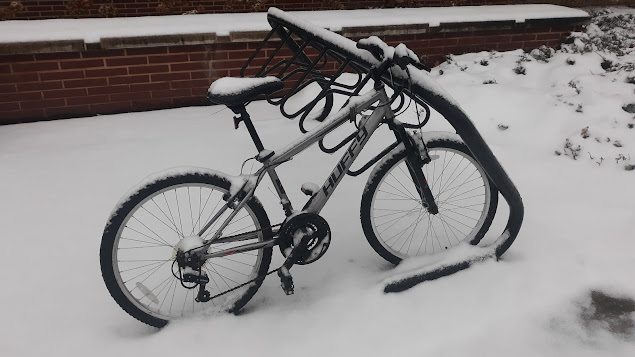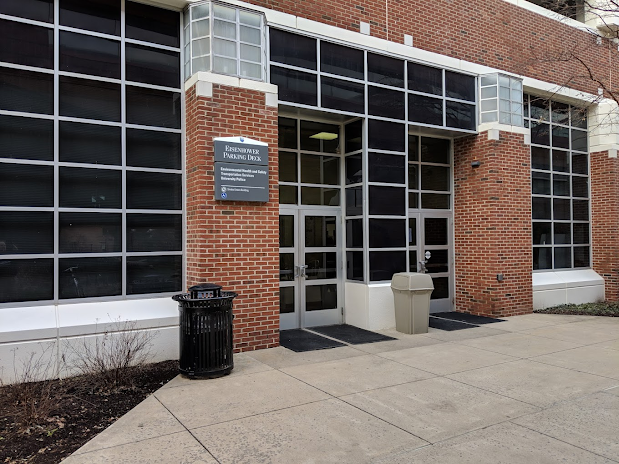City Decentralization and Happy Valley

Written by Evan Ferstl The State College Urban Area. Map from Census Reporter based on data from the U.S. Census Bureau. One thing that has really struck me as our group engages in advocacy is how powerless it can feel as members of the borough because of how little of the urban area is actually governed by State College. The worst parts of the built environment, like along North Atherton street, are not part of the borough, but they have a huge impact on us. If we decide to become a more urbanist community, but Ferguson township, or Patton township, or any of the other municipal bodies adjacent to us continue down their sprawling, car-dependent path, that is going to force tons of cars to commute to the borough no matter what we do. Additionally, many of these places are close enough to downtown that they should be creating more housing. But what if that responsibility falls only on the borough? These are difficult problems to contend with. One thing I think should be noted is that




